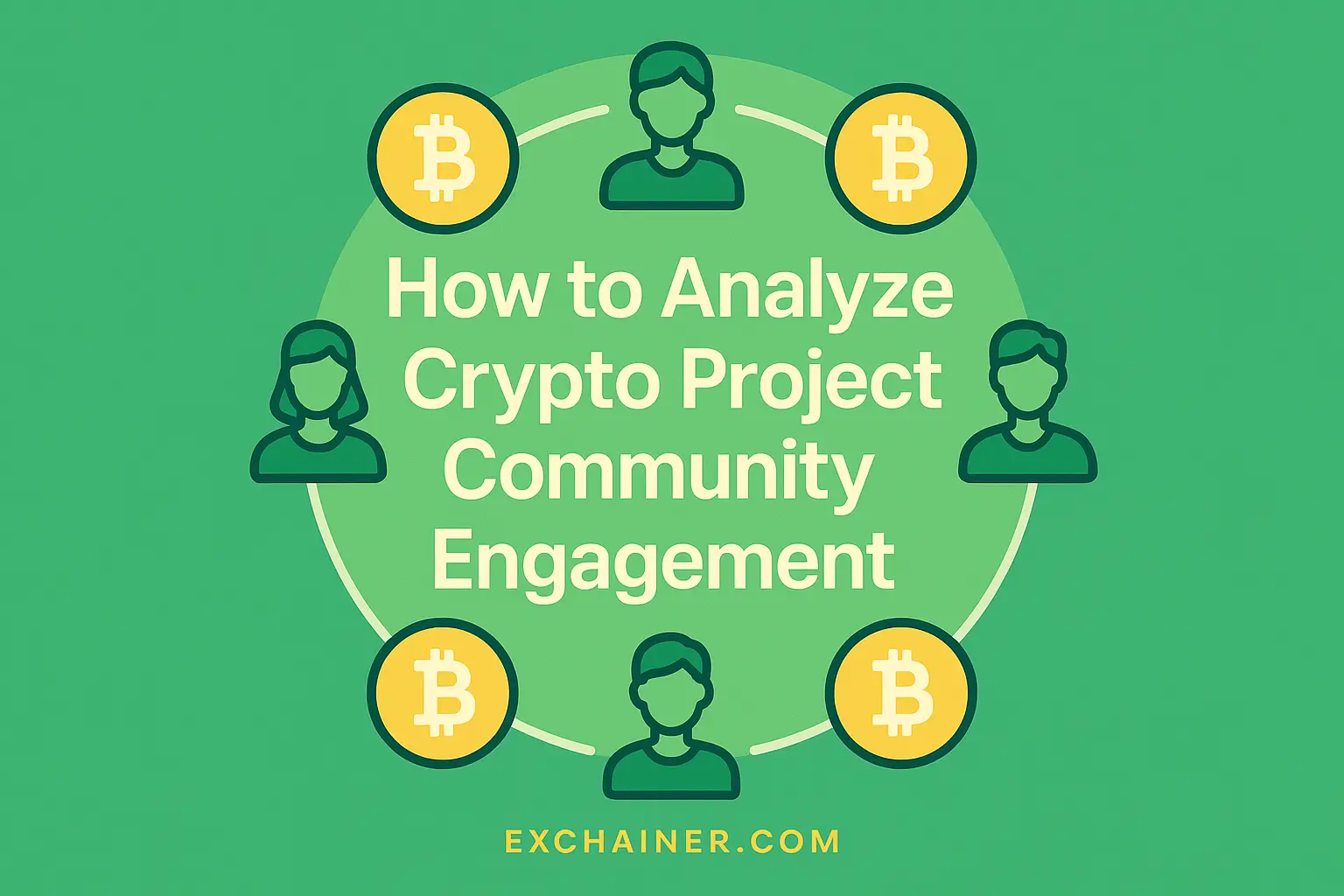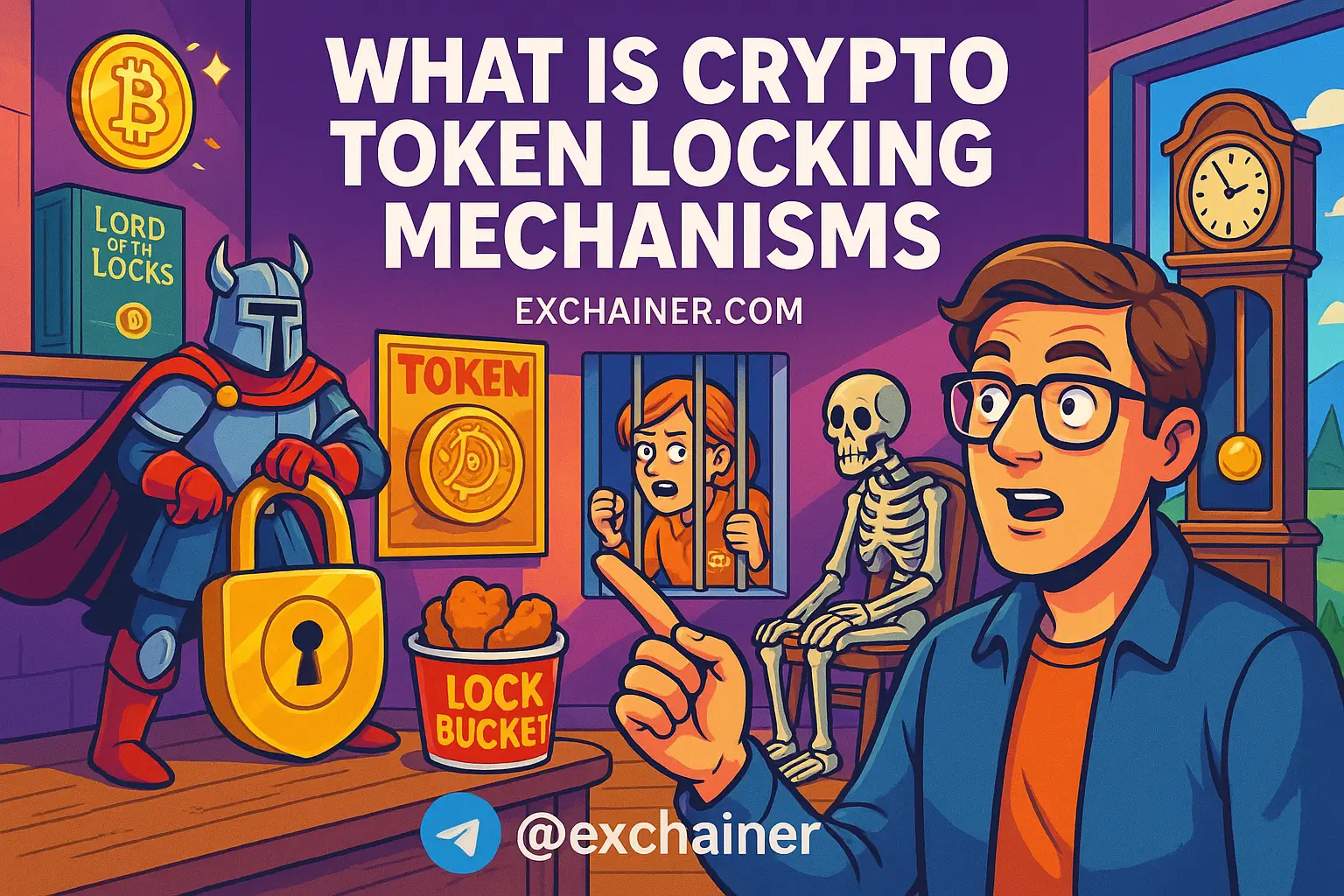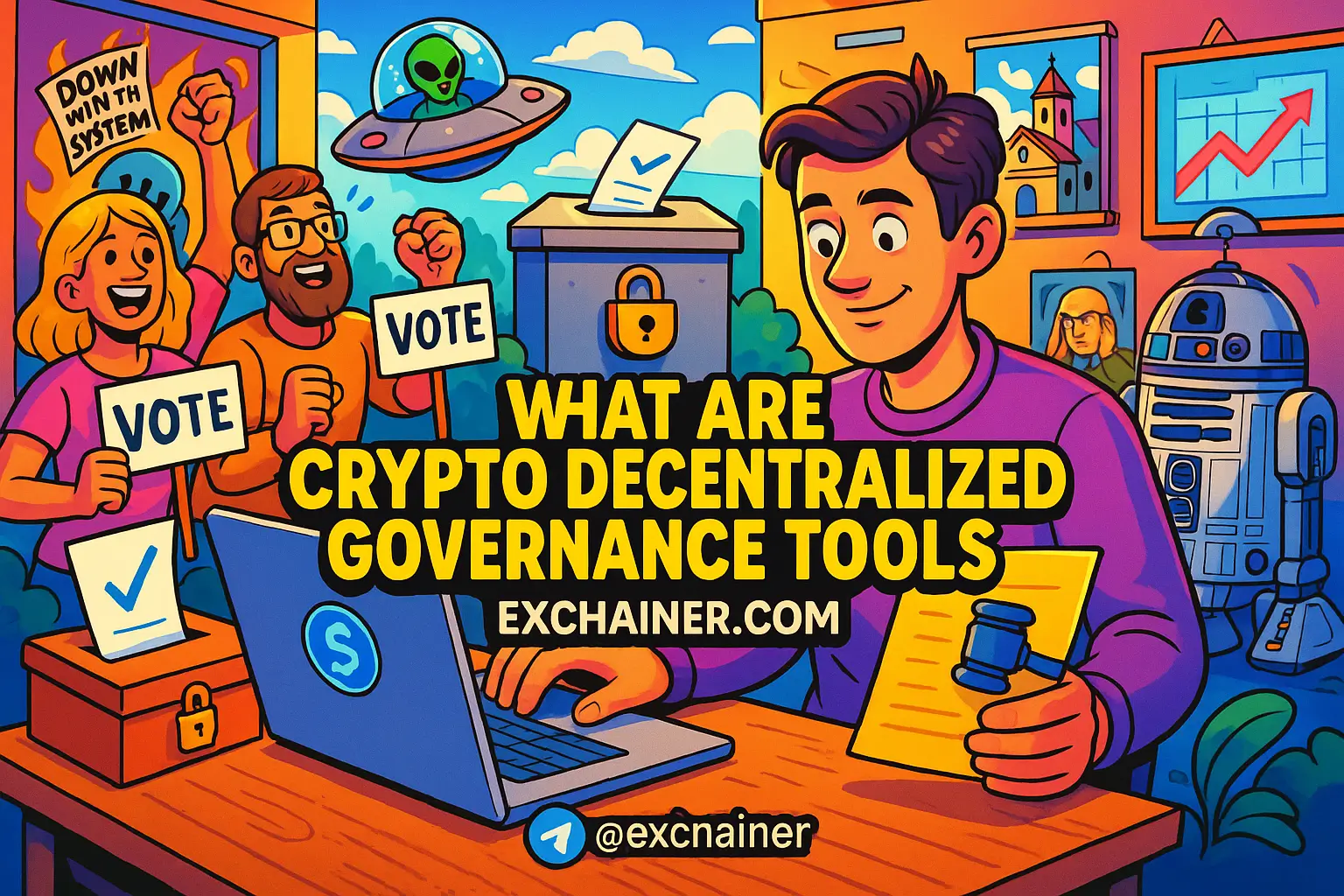Introduction
Friends, if you’re diving into the world of cryptocurrency, you’ve probably heard that community engagement plays a huge role in determining a project’s success. But what does that really mean? How do you analyze crypto project community engagement, and why should it matter to you as an investor or enthusiast? Well, community engagement is like the heartbeat of a digital currency or blockchain project. It shows how active, passionate, and supportive the people behind the project are—which often reflects the project’s potential to grow, innovate, and survive in a highly competitive market.
Understanding the dynamics of community engagement can save you from common pitfalls in crypto investing. After all, a strong, engaged community not only fosters trust but also drives adoption, decentralized development, and the visibility of the project. In this beginner guide, we’ll break down exactly what you need to look for when assessing the engagement around a crypto project. We’ll explore the key indicators, tools, and nuances that help you make informed decisions beyond just market cap and price charts.
Whether you’re a newcomer trying to grasp what’s going on in crypto spaces or an intermediate user wanting to refine your diligence skills, this article has got you covered. Let’s jump into the essentials of what community engagement is, why it is a crucial signal, and how you can analyze it effectively before jumping into any digital currency.
What Is Community Engagement in Crypto?
Community engagement in the crypto space refers to how actively and meaningfully users, developers, traders, and supporters participate around a specific digital currency project. It's more than just followers or fans—it’s about interaction, collaboration, and shared enthusiasm driving the project's momentum forward.
Key Elements of Crypto Community Engagement:
- Participation: Regular activity on social media platforms, forums, and chat groups.
- Feedback: Users providing constructive input, bug reports, and requests.
- Development Involvement: Open-source contributors and developers actively improving the project.
- Content Sharing: Members spreading news, tutorials, and updates.
- Events and Airdrops: Organized campaigns that incentivize interaction, like giveaways, AMA (Ask Me Anything) sessions, and community contests.
To put it simply, think of the community as the backbone supporting the project. The more engaged and committed this group is, the higher the chances that the crypto will thrive amidst the ups and downs of the market.
Why Community Engagement Matters
Imagine two crypto projects: Project A has a price soaring on hype but minimal user interaction, while Project B might have slower price growth but an active, passionate community. Which one sounds safer? Most experienced investors would bet on Project B because sustainable engagement often means long-term vision and resilience.
Key reasons community engagement matters:
- Trust and Transparency: Open discussions and prompt responses build confidence.
- Development and Improvement: Active communities contribute to code, suggest improvements, and report bugs faster.
- User Retention: Engaged users are more likely to hold tokens and promote adoption.
- Market Sentiment: Vibrant discussions often precede price movements.
- Decentralization: A strong community means the project isn't controlled by just a few insiders.
So, discovering how deeply a community interacts gives you a powerful lens to analyze a crypto project's true potential.
How to Analyze Crypto Project Community Engagement
Now let’s get into the practical side. How can you, a savvy crypto enthusiast, analyze community engagement properly? There’s no one-size-fits-all method, but a combination of qualitative and quantitative approaches will give you a well-rounded view.
Check Official Channels and Social Media
The first place to start is the project's official social media profiles. Most projects maintain at least a Twitter account, a Telegram or Discord group, and a Reddit community. Here’s what to look for:
- Activity Levels: Are posts frequent? Is the content up to date?
- Engagement: Look beyond followers to replies, comments, and likes. Are people actively discussing the project or just lurking?
- Quality of Interaction: Are team members responding to questions? Do they engage respectfully with critics?
- Community Size: While big numbers are good, small but highly active groups often show better engagement than huge but passive crowds.
For example, a popular crypto like Ethereum has millions of followers but also boasts thousands of community contributors globally. Smaller projects may have fewer followers but show genuine, passionate discussions about technical upgrades and roadmap milestones.
Explore Developer Activity
In crypto, the community isn’t just investors and fans—it includes developers too. Checking github repositories or project open-source pages is a great way to see how active the hands-on contributors are.
Points to consider:
- Frequency of code updates
- Number of active developers
- Recent merges and commits
- Issue resolution speed
A project with ongoing development means the team is actively working on improvements, bug fixes, and innovations—signs of a healthy ecosystem. You can check developer activity on platforms like CoinMarketCap or directly on Github.
Analyze Community Sentiment
Sentiment analysis helps grasp the overall mood of the community. Are members optimistic, skeptical, or neutral about recent news? Sentiment shifts often affect price movements.
You can:
- Use sentiment tracking tools specifically designed for crypto projects.
- Observe Telegram and Discord chat tones.
- Read forum discussions and Reddit threads.
For example, when a project announces a new partnership, look at how the community reacts. Positive, enthusiastic feedback suggests trust; skepticism or silence might be red flags.
Lifehacks for Evaluating Community Engagement Effectively
Analyzing community engagement doesn’t have to be overwhelming. Here are some practical tips to refine your approach and avoid common traps:
1. Don’t Rely on Numbers Alone: Sometimes bots inflate followers or engagement stats artificially. Always look for genuine, meaningful conversations.
2. Join Community Channels: Spend time in the project's Telegram or Discord channels. Participate, ask questions, and see how active the moderators and members are.
3. Follow the Founders: Key figures behind projects often share valuable insights on personal channels or Twitter handles.
4. Look for AMA Sessions: Ask Me Anything sessions show transparency and willingness to engage directly with the community.
5. Monitor Multiple Platforms: Don’t stop at Twitter—different communities thrive on distinct platforms like Reddit, Medium, or even YouTube.
6. Watch for Events and Airdrops: Airdrops are marketing strategies where free crypto tokens are distributed to encourage participation (In 2024, airdrops distributed over $500M in tokens). Active events with clear rules and participation metrics can indicate a dynamic community.
Common Pitfalls to Avoid
- Jumping on hype without verifying engagement quality.
- Mistaking large follower counts for actual influence.
- Ignoring developer and technical community involvement.
- Overlooking negative sentiment or unresolved community complaints.
Comparing Community Engagement Across Projects
Let’s consider a couple of examples to see how community engagement can differ and affect project prospects.
Project One: Stellar (XLM)
Known for its focus on cross-border payments, Stellar has an engaged, professional community. Its channels host regular AMAs, developer forums, and active social media discussions. Stellar also has strong partnerships and a transparent team encouraging community involvement.
Project Two: A Small Defi Token
A newly launched DeFi token might have thousands of Telegram members, but if most participants are silent or only hype without meaningful discussion or developer updates, engagement is shallow. These projects can be risky and often short-lived.
The takeaway? Thorough analysis reveals not just how many are in the community, but how much quality interaction, trust, and shared vision exist.
Conclusion
To wrap it up, understanding community engagement is a crucial skill for anyone interested in cryptocurrency trading or investing. This dynamic indicator offers a window into the project’s health, development potential, and user trust. By diving deep into official channels, developer activity, sentiment, and interactive events, you gain a significant edge over casual investors.
Remember, strong community engagement often translates to better support, faster innovation, and increased adoption. So next time you research a crypto project, don’t just check the price or market cap—explore how actively the community breathes life into it.
Ready to learn more and deepen your crypto knowledge? Head over to Crypto 101 for beginner-friendly articles, check out exchange reviews to find the best platforms, and explore tools and wallets perfect for managing your digital assets safely.
As blockchain pioneer Vitalik Buterin once said, "Community is what makes the blockchain ecosystem thrive." So, dive in, ask questions, and stay curious—your crypto journey has only just begun!
Explore more here:
Crypto 101 |
Exchange Reviews |
Tools and Wallets












